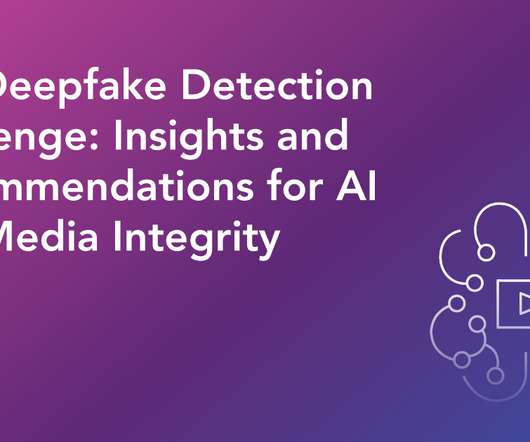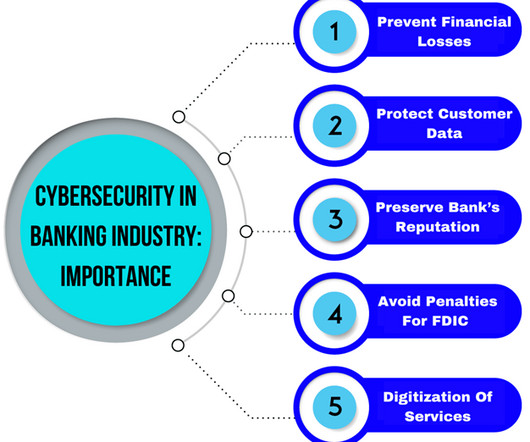A Report on the Deepfake Detection Challenge
Partnership on AI
MARCH 12, 2020
To expand upon our previous blog , the Partnership on AI and members of the AI and Media Integrity Steering Committee are proud to share a report out of our collective efforts in the Deepfake Detection Challenge (DFDC). The post A Report on the Deepfake Detection Challenge appeared first on The Partnership on AI.













Let's personalize your content